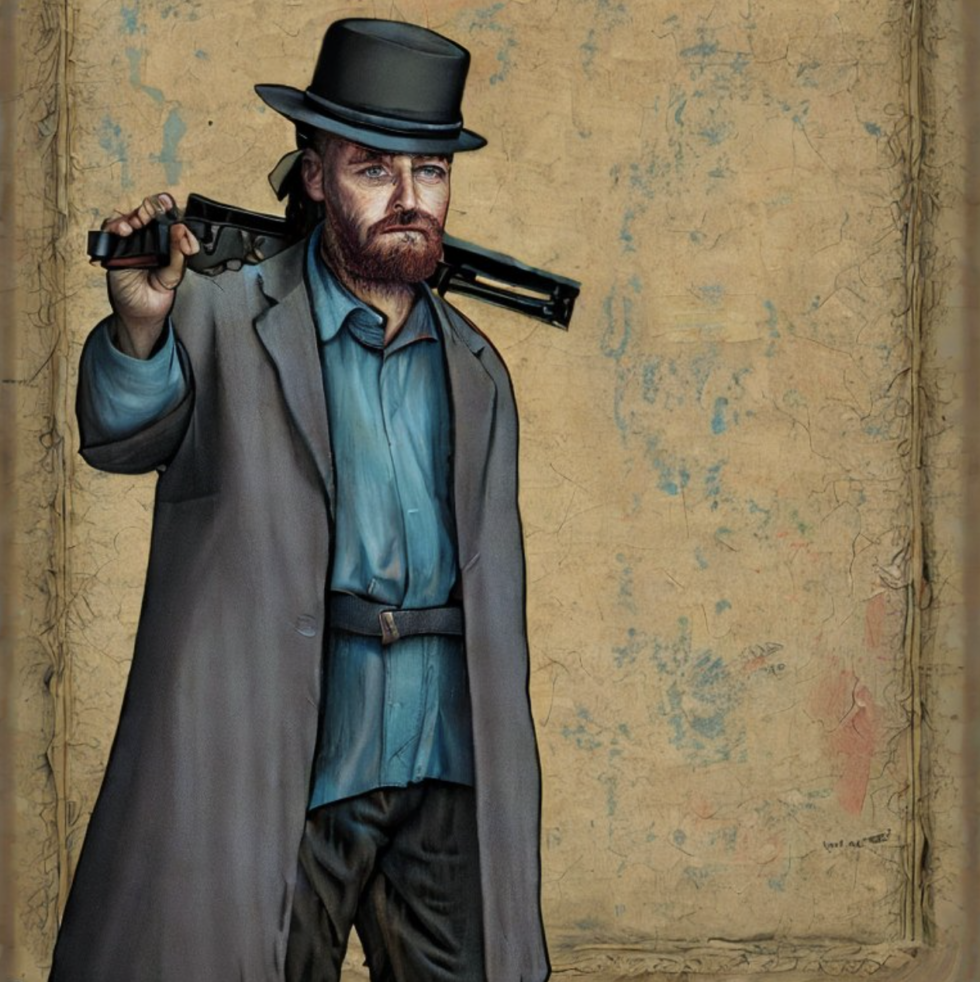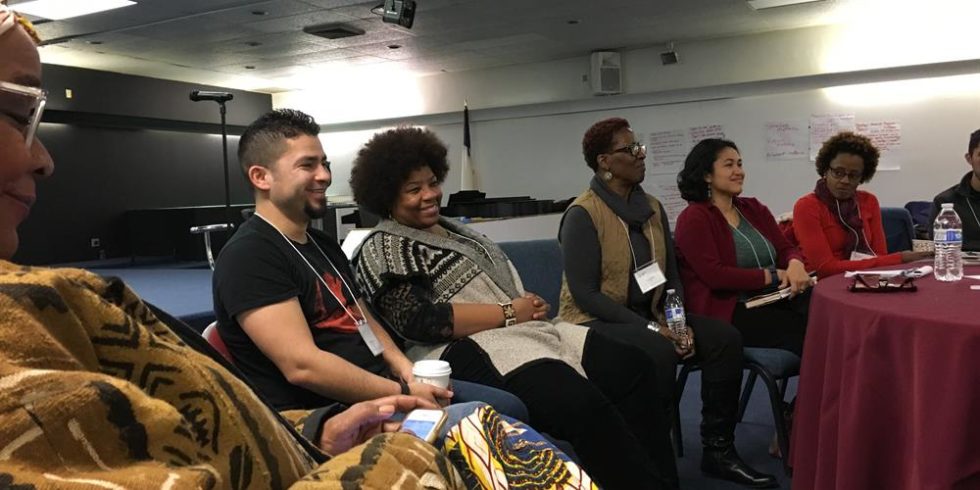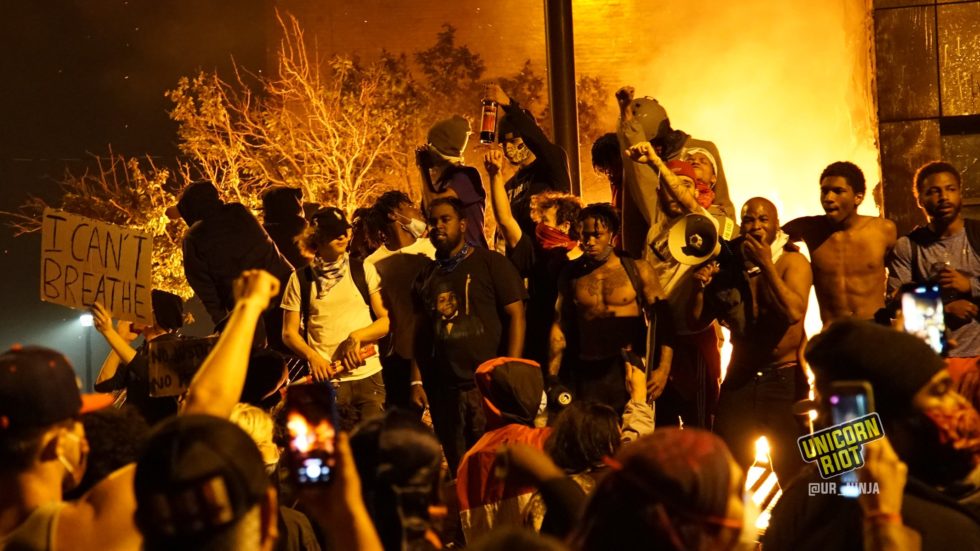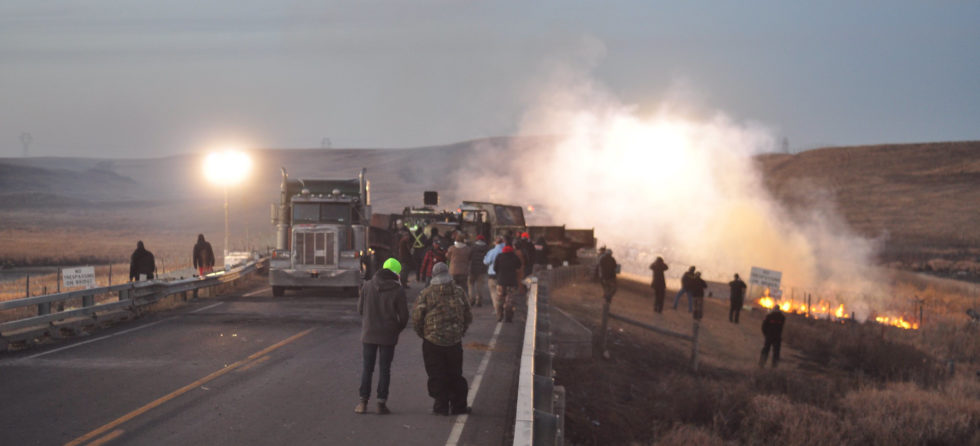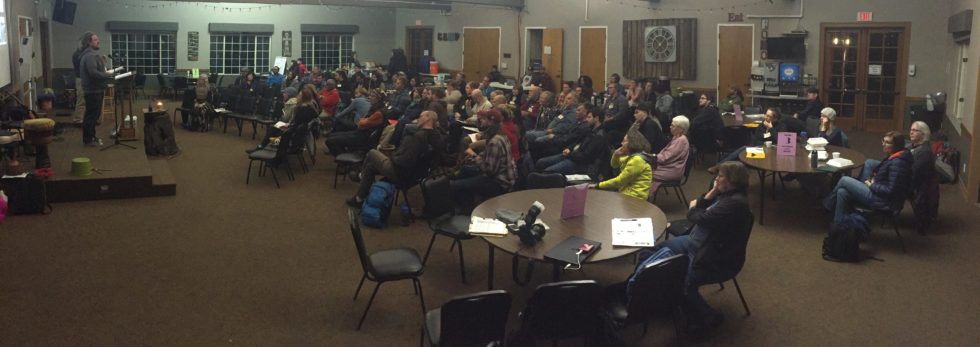Mountainhead Glossary and Further Reading: Accelerationism, Longtermism, Doomers, Decels, Technofeudalism and the Shield of Boringness

This piece was originally published in Geez Magazine, Spring 2024 issue as “Further reading: Generative AI and Artificial General Intelligence.” I am adapting the piece after watching the movie Mountainhead which references many of the concepts in this piece. Key concepts and terms are in bold and italics.
In understanding Mountainhead, it is useful to distinguish between generative Artificial Intelligence and Artificial Generalized Intelligence (AGI).
Generative AI is an existing technology that creates text or images based on prompts and are often Large Language Models trained on vast amounts of data. ChatGPT, Stable Diffusion and Midjourney are prominent examples of this software.
Artificial Generalized Intelligence (AGI) is a hypothetical future technology that can fully replicate any human mental ability. AGI does not currently exist, but appears widely in movies, perhaps most famously as Skynet in the terminator movies.
June 27, 2025 Civilization, Corporations, End Times, Technology, Wealth Read more >


